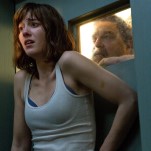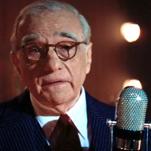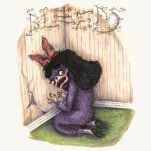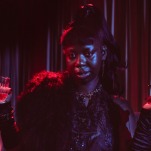Mortal Kombat Just Might Finish Off Videogame Action Movies’ Bad Reputation
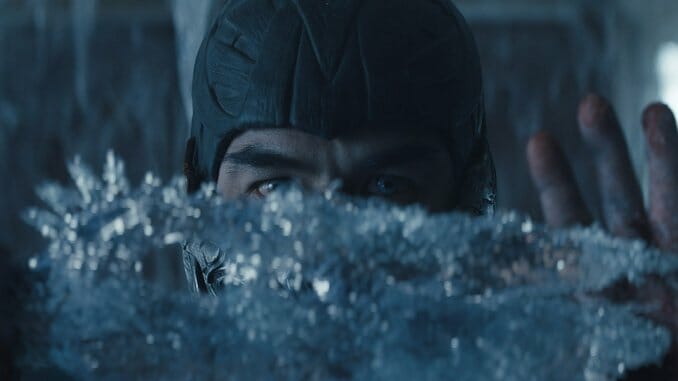
The 1995 Mortal Kombat film is still one of the better live-action videogame movies and one of the most faithful cinematic adaptations of a game, yet it still couldn’t quite represent the bloody depths of MK’s depravity under the restrictions of a PG-13 rating. (And the less said about Mortal Kombat: Annihilation, the better.) A quarter of a century later, director Simon McQuoid’s feature debut gives the supernatural fighting franchise a facelift and that coveted R-rating, with blood geysers that’d leave Quentin Tarantino and Sam Peckinpah envious. It’s not just added in for some adolescent awesomeness factor, though it punctuates already delightful choreography with bright-red visual exclamation points. It’s a grounding element that keeps the fights from feeling plastic, fake or ethereal. People lose arms, get cut, take damage. They feel necessarily mortal, in part because we’re constantly reminded of their bloody biology. While the gore level might feel like a small component of a film, it’s indicative of this Mortal Kombat’s understanding and ability to be over-the-top without being out of control.
Like many movies of its ilk, Mortal Kombat anchors its flashy ass-kicking with a simple martial artist that turns out to have hidden potential. Here, it’s pro fighter Cole Young (Lewis Tan), a family man whose career and ability seem to have taken a recent dive. Tan’s softness (sweeter than your usual strong-and-silent type) provides an endearing balance to Cole, adding charm to an otherwise 2D vanilla lead alongside his daughter (Matilda Kimber) and wife (Laura Brent, who devours her few choice lines). But hey, it’s one of those superpowered fantasy movies and Cole’s got “Chosen One” written all over his malleable protagonist face. More specifically, it’s emblazoned on his skin: The Mortal Kombat logo signifies that he, like a select few around the world, is a champion of Earth in an ongoing multidimensional conflict. C’mon, we all know the score: There’s a tournament coming up between the evil otherworlders and the good people of Earth and dammit, it’s time to choose a fighter.
Thankfully, we get a taste of the good stuff up front and the film dispenses with too much stage-setting backstory with a simple title card and a nicely contained revenge-establishing opener. From that point forward, it all clicks thanks to McQuoid’s great sense of visual tone. His environments possess a heightened, fairy-tale color and set design that can feel cheesy in a good way—like the curated chaos of a fighting game’s stages. The barren majesty of the Australian desert becomes a believable bridge between the human and inhuman; the lushness of other realms proclaim their own alien aesthetic. The director also has a solid sense of action, finding smart angles to show both squirming, desperate martial arts and superpowered precision—all of which cinematographer Germain McMicking (who shot the third season of True Detective) makes not just legible, but inviting.
But fights are only as good as their kombatants, and Mortal Kombat’s selection screen is star-studded and pitch perfect. In addition to Tan, the cast is of predominantly Asian heritage, a welcome development that allows veterans like Hiroyuki Sanada and Chin Han to steal scenes (the imposing haughtiness of Han’s soul-sucking Shang Tsung pairs perfectly with the quiet show of deadly magic from Joe Taslim’s supervillainous Sub-Zero) and rising stars like Ludi Lin and Max Huang to make the case that they’ve always belonged in the spotlight. Lin’s fire-blasting Liu Kang is particularly charismatic, able to balance deadpan and mystical seriousness on top of the physical requirements of the role…and it doesn’t hurt that he’s absolutely diesel.
But Cole’s welcome party into this fantastical society are less impressive, more human characters like ex-military Sonya (Jessica McNamee) and Jax (Mehcad Brooks). Both are saddled with heavier plot-lifting duties that make their characters’ bareness feel a bit more exposed than those that just get to pop up for the fights. But even Jax’s lightly sketched Wounded Warrior metaphor allows Brooks room for some particularly empathetic expressions; Sonya’s barely there despite McNamee’s efforts. Perhaps that’s because the one thread she seems to have—she isn’t initially branded as one of the chosen because she hasn’t killed someone who was, but any kind of moral line that represents unfortunately remains unexplored in this hyper-macho murder-world—flaps loose and fraying in the whirlwind of punches, blasts and slices.
-

-

-

-

-

-

-

-

-

-

-

-

-

-

-

-

-

-

-

-

-

-

-

-

-

-

-

-

-

-

-

-

-

-

-

-

-

-

-

-


